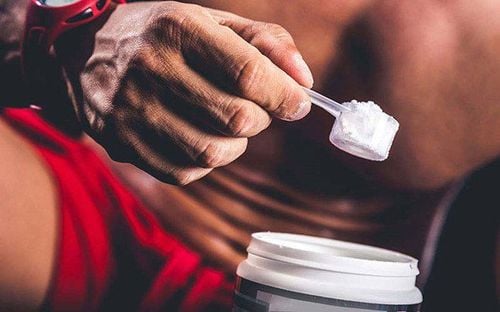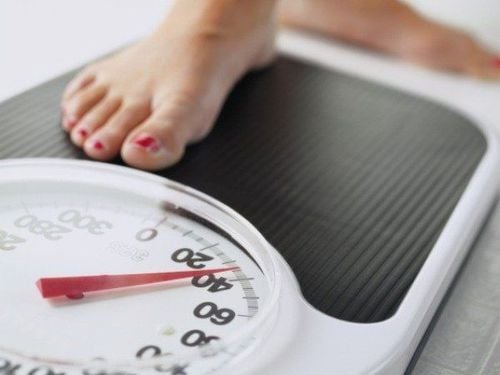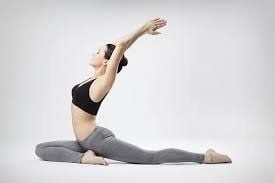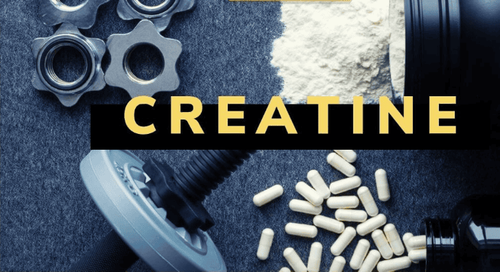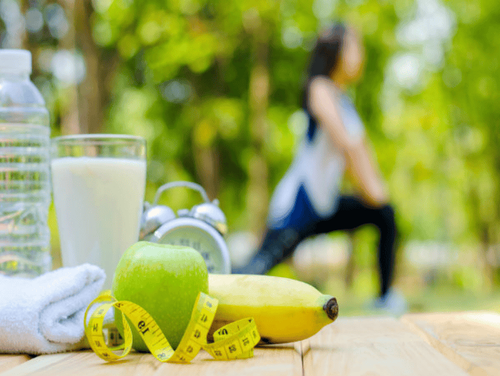This is an automatically translated article.
Keeping fit and staying active is important as your body ages. Regular exercise helps to delay the aging process and keep the body agile and muscular. However, many people forget to include mobility exercises in their routine. Here's what you need to be able to ensure that your body can stay agile at any age.1. What is needed to be agile at any age?
It's never too late to start thinking about the flexibility and mobility of our bodies, whether we're young or into middle age. Here are some tips to help you stay fit at any age:You may have noticed some signs of aging. Simply waking up one morning, you feel more rigid and difficult to move than before. Or your knee hurts after sitting for a while. Over time, our bodies age and show signs of natural aging.
Both flexibility and mobility are important to the way our bodies work. Flexibility refers to the joint's ability to move throughout the full range of motion or fully lengthen the muscles. Portability involves a bit more of an issue. It includes flexibility, as well as strength, coordination, and balance. Staying active and staying active is important as we age.
Here are three things you can do to ensure that your body can stay active for a long time to come:
1.1. Stretch every day Simple stretches can increase our range of motion and relieve pain in conditions like rotator cuff tendinitis. The great thing about stretching is that we can do it anywhere and it only takes a few seconds to a few minutes. There are three basic types of stretch. Each person can choose to focus on increasing flexibility or can also work on mobility:
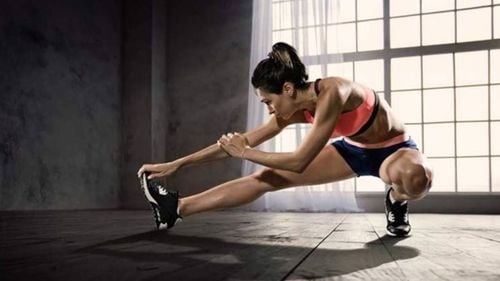
Kéo giãn đơn giản có thể làm tăng phạm vi chuyển động của chúng ta và giảm đau trong các tình trạng như bệnh viêm gân vùng mỏm trâm quay cổ tay
1.2. Use self-massage foam rollers They only cost about 250,000 VND and have different sizes to choose from. Foam rollers are an easy and convenient way to release tension in muscles and connective tissue, helping to increase flexibility and improve mobility. For starters, a medium-sized foam roller may be the most comfortable.

Con lăn bọt là một cách dễ dàng và thuận tiện để giải phóng căng thẳng trong cơ và mô liên kết
However, when choosing how to move, remember to breathe comfortably, start slowly, gently, and do not jump up. Perhaps most importantly: Find stretches and other activities you really enjoy doing that fit into your daily routine. That's the best way to make sure you stick to a more flexible lifestyle.
2. 10 exercises to help the body be agile
2.1. Anterior hip stretch The front part of the hip can be surprisingly tight, especially for someone who has to sit in one place all day. To stretch and restore mobility to this area, try a hip stretch first. Here's how it works:Start by sitting on an exercise ball. From there, straighten your right leg back and stabilize your weight by pressing your toes into the floor and lifting your right heel. Place your hand on your left knee and use your arm to gently push your upper body back. You should feel a stretch across the front of your right hip. Switch sides and hold for 15 to 30 seconds. 2.2. Standard Chest Stretch Like the hips, the chest gets tight with prolonged sitting. To stretch it out and improve your posture, start standing in an upright position. Then, clasp your hands behind your back and gently raise your arms as high as you can. Keep your head up, shoulders back and chest up. Hold the pose for 10 seconds.
2.3. Standard Shoulder Stretch If your shoulders are strained from exercise or lying in the wrong position while sleeping, relax your shoulders by stretching. Start standing in an upright position. Then, cross your right arm directly over your chest and hook your left forearm around your elbow. Use the lever to gently pull the right arm into the chest, stretching the right shoulder. Hold the pose for about 10 to 15 seconds before switching sides.
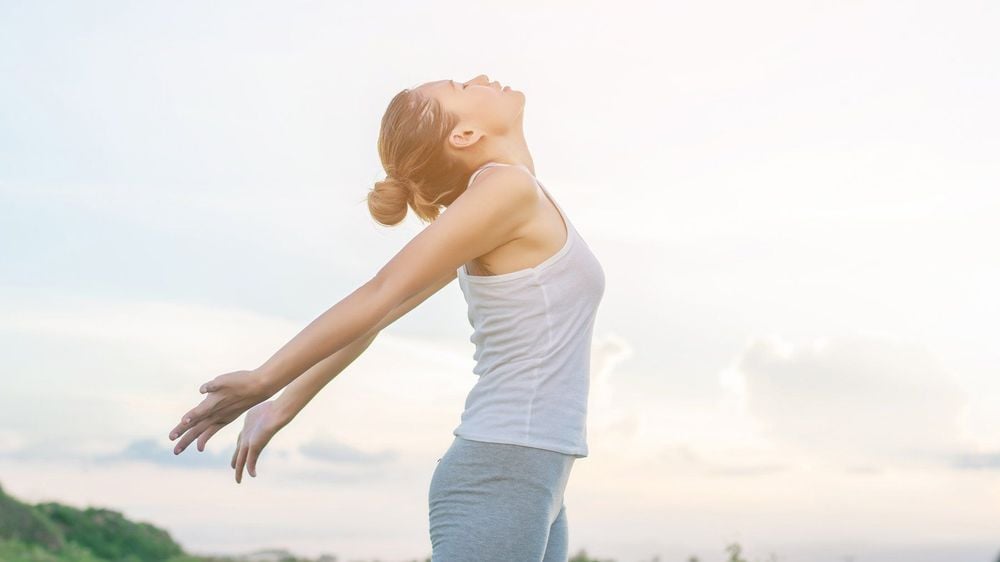
Nếu vai của bạn bị căng do tập thể dục hoặc nằm sai tư thế khi ngủ, hãy thả lỏng vai bằng cách kéo căng
2.5. Neck and Shoulder Stretch To stretch your neck and shoulders, move your arms forward with elbows touching, and palms facing sky, palms facing you. From there, place your palms on top of your head and use your arms to gently drop your chin to your chest and apply light pressure to the top of your head. You should feel a stretch in your neck and shoulders. Make sure you don't use too much pressure, or you risk injury.
2.6. Toe Touch Allow your back a chance to stretch and relax with a simple toe touch. To begin the stretch, stand with your feet hip-width apart. Slowly rotate your hips and extend your arms down toward your toes, keeping your back as flat as possible the whole time. When you reach your maximum stretch point, you can grab the opposite elbow and swing it like a washcloth for an extra stretch.
2.7. The hula stretch The hula stretch is a great move for those who sit for long periods of time or use a wheelchair occasionally to get around. Designed to increase mobility and loosen tension in the hips, the hula stretch is perfect for seniors of all ages. To start, stand with your feet and hands resting on your waist. Then, begin to slowly rotate your hips, as if you were holding a hula in the air. Keep your back straight, keep your head up, and lift your chest.
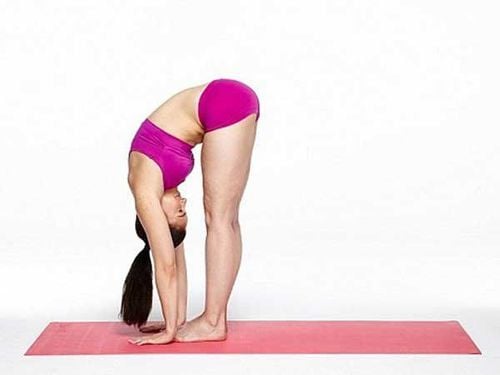
Cho phép lưng của bạn có cơ hội giãn ra và thả lỏng bằng cách chạm ngón chân đơn giản
2.9. Straightening Hands Straightening hands are ideal for seniors who frequently write, type or draw and also those with arthritis of the hands or fingers. To do the stretch, start by standing with your feet shoulder-width apart. Then clasp your hands in front of you. Next, rotate your hand so that the palm is facing away and the fingers are still interlaced. Gently push away to feel the stretch in the back of your hand and fingers.
2.10. Back Stretch The back stretch is perfect for anyone who wants to stretch their low back but isn't ready to do a full downward stretch. The low back stretch helps to lengthen our back muscles. You will need a chair or a table to do this.
To start, stand with your feet hip-width apart and your arms hanging by your side. From there, bend the knees gently to prevent excessive pressure build-up and begin to bend forward at the hips. Extend your arms forward and reach toward the chair or table. At full stretch, your back should be flat and rest your hands on a chair or table, with a straight line from arm to hip and hip to ankle. Gently lean back to stretch.
Even for those who do not intend to practice yoga soon, simple stretches at home are also ideal to help us keep a supple, comfortable and flexible body during these difficult times. years of his life. They are also ideal exercises for those who want to prevent the risk of injury, stay healthy and enjoy a higher quality of life in the aging process.
Please follow the website ( www.vinmec.com ) for more information on health care instructions, which we will update regularly.
Please dial HOTLINE for more information or register for an appointment HERE. Download MyVinmec app to make appointments faster and to manage your bookings easily.
References: mayoclinic.org, blackhealthmatters.com




